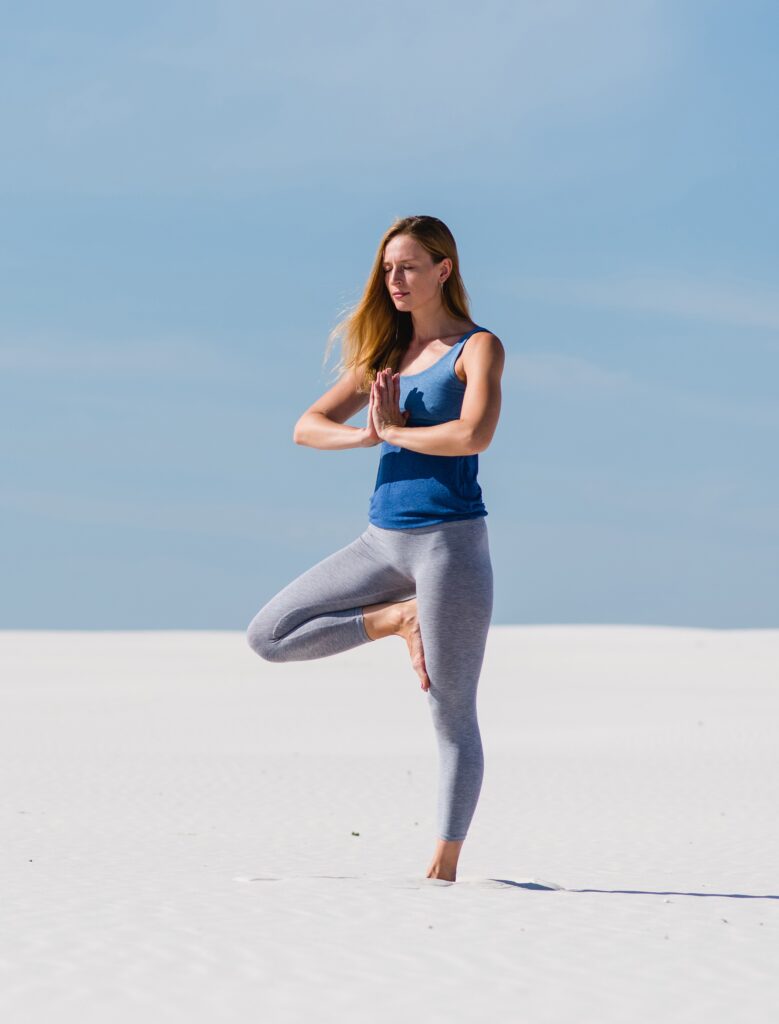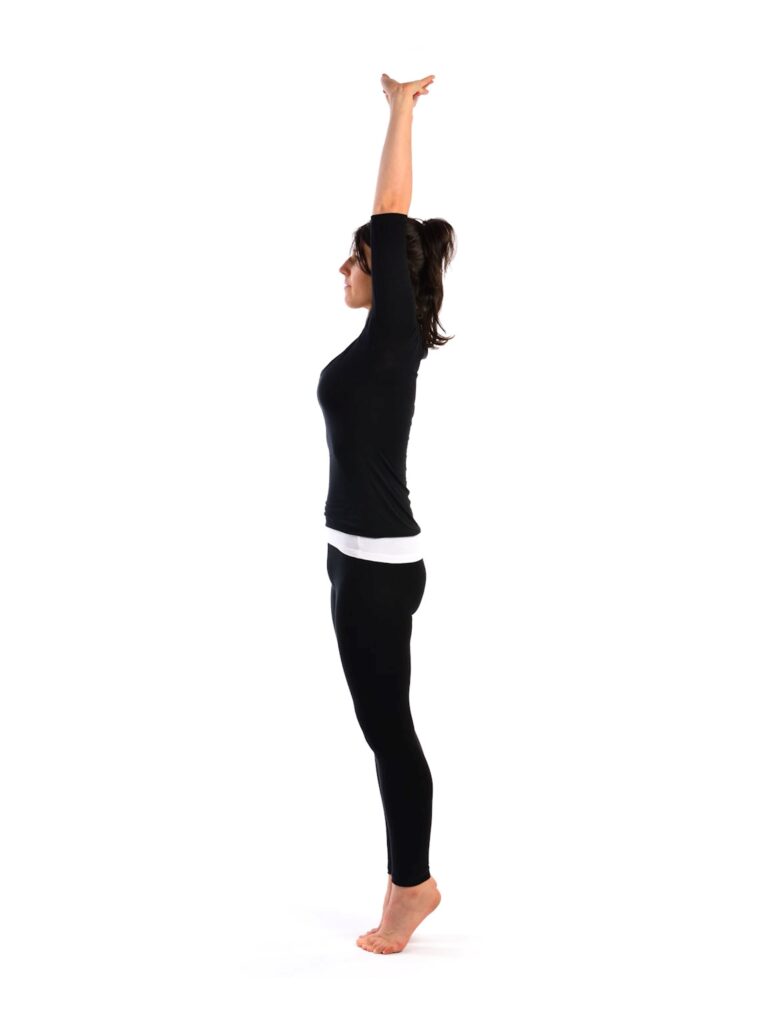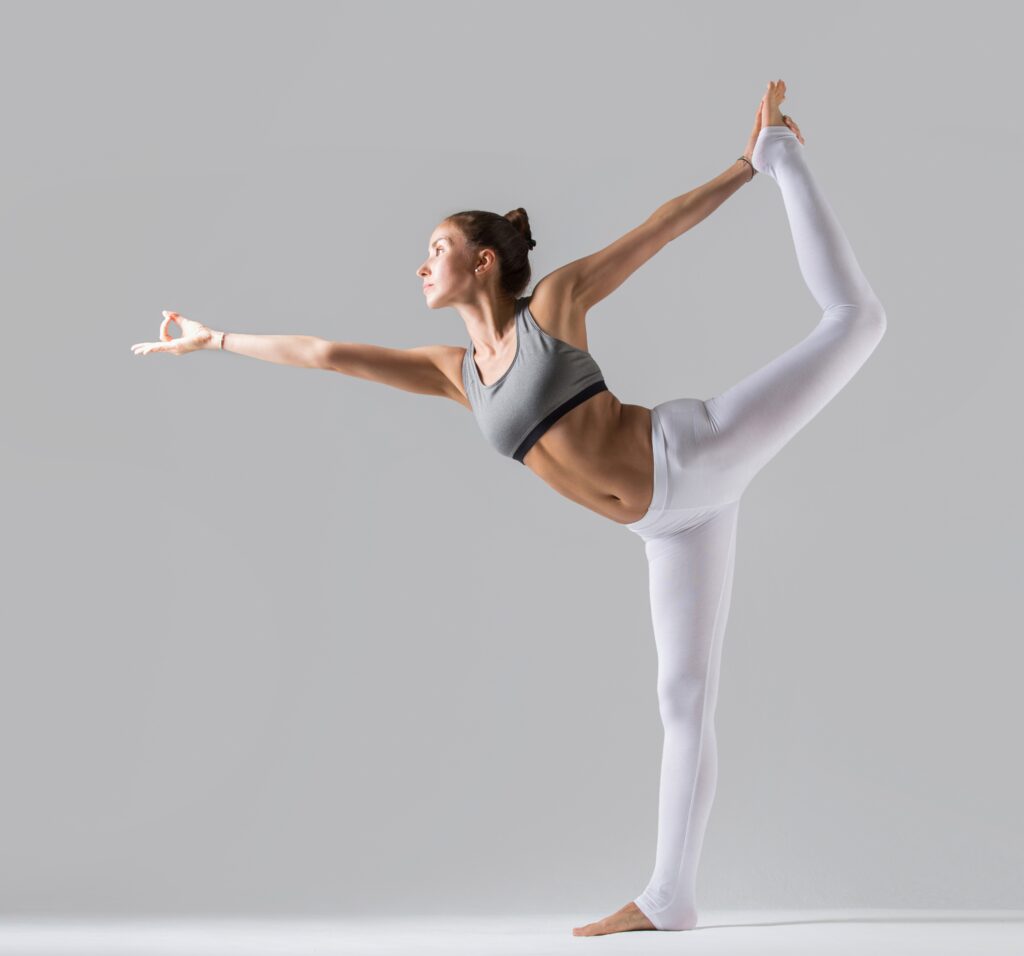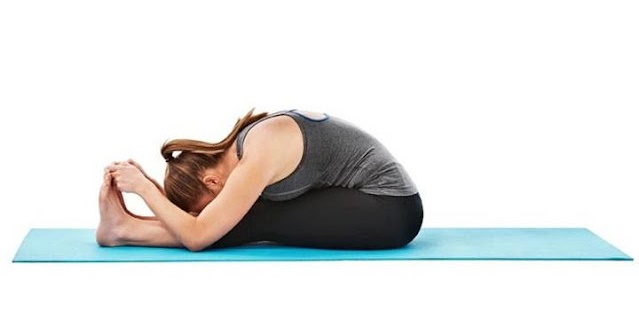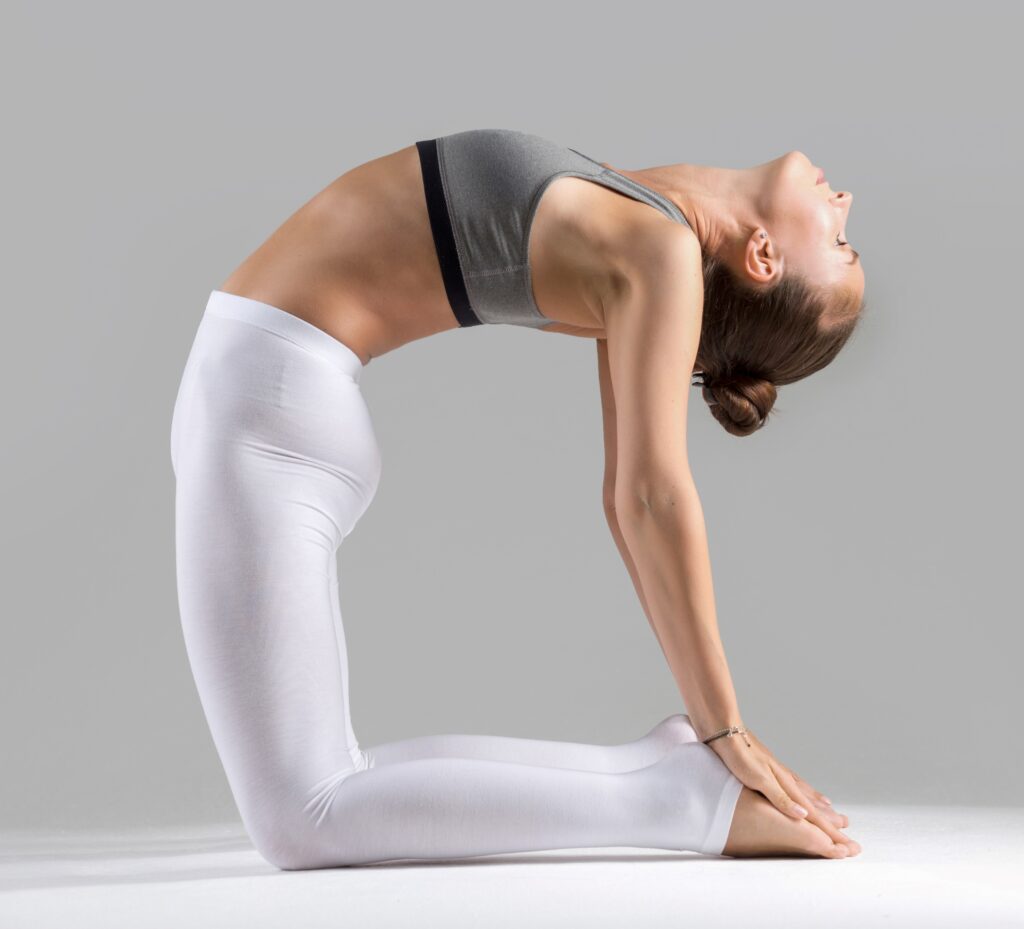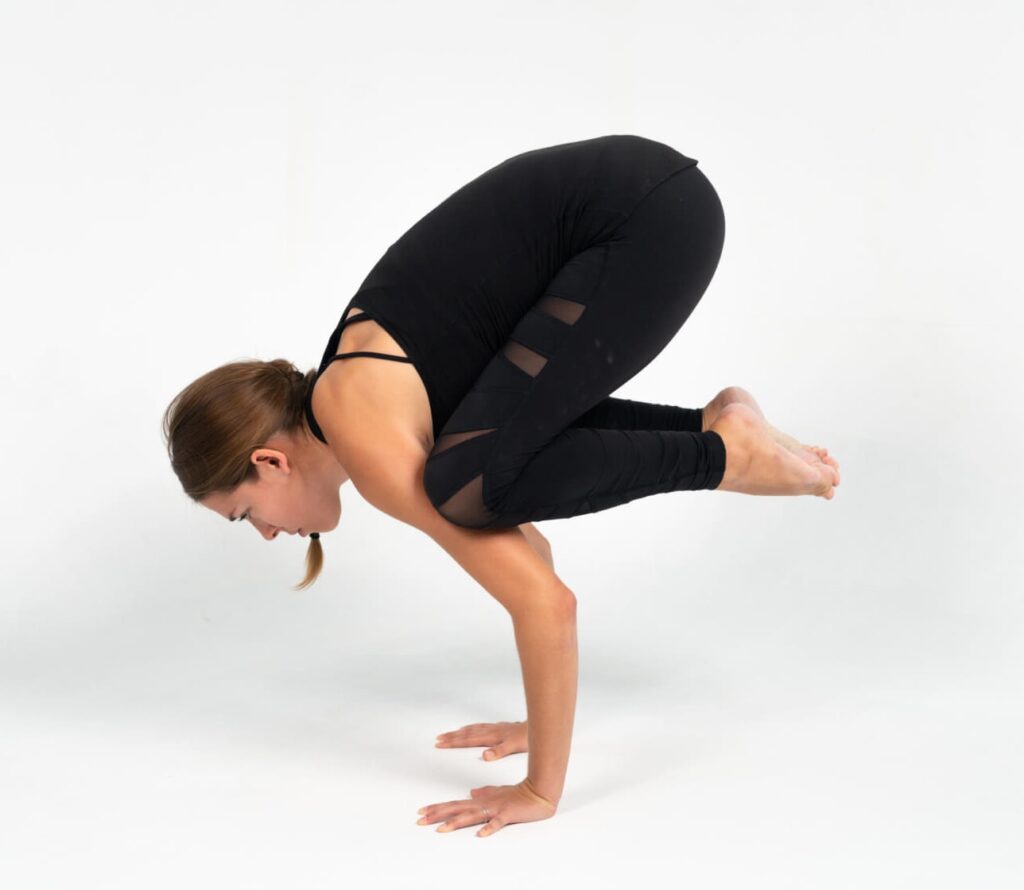We all lead busy lifestyles and hectic schedules and are often running around trying to balance our family life, career, professional growth, and deadlines. We often neglect our mental health and the importance of having a relaxed and peaceful mind. This article, yoga to increase concentration can certainly help you! Given that we are always multi-tasking and running around with endless to-do lists, it is essential that we give ourselves some time off to concentrate, be calm, and enjoy the present.
Concentration and staying focused in the present moment is immensely helpful in treating several mental disorders. Thankfully, we are glad that there are yoga asanas for improving concentration that can help us all in this task.
Yoga has been in practice in Indian culture for a long time and now it is taking the world by storm. Yoga not only helps in improving your physical health but it is also beneficial for your mental well-being. When you practise yoga on regular basis, it helps to calm your mind and senses. A calm mind is able to focus and concentrate better. In simple words, yoga helps in keeping fluctuating thoughts and distractions at bay, which in turns helps you attain a peaceful and calm state of mind. Therefore, practising yoga is a great way of getting rid of clutter from your mind and attaining better focus.
Yoga for concentration is immensely helpful for adults and children of any age group. The multitude of health benefits of yoga and meditation are many. Several studies mention and prove that meditation and breathing in yoga can particularly help to focus and have a calm mind, along with improving one’s cognitive abilities such as concentration, memory, and learning power.
In addition, it is also proved that yoga regularly can help improve one’s focus towards present life and tasks ahead, speed, and accuracy with memory handling in a better way. The yoga also helps greatly to improve one’s oxygen intake and in turn, significantly improves the mental functioning.
Here are some simple yoga poses that help you attain better concentration and focus:
1. Aik Pada Pranamasana or One-legged Prayer Pose:
This yoga pose is a beginner level hatha yoga asana. As the name suggests, this pose aims at attaining the humility, stability and grace. Ideally, you should perform this asana in the morning on an empty stomach.
As you perform the asana, your whole body stretches and it gets rids of any numbness. It calms your nervous system and helps in enhancing your stamina. This is a great asana to improve stability and balance. In all, this asana helps you in gaining composure and calm, which helps you build better self-esteem and confidence.
Step To Do
- Stand straight with your arms by your sides.
- Slowly place your left leg on your right inner thigh while maintaining your balance.
- Gently take both your arms over your head and make a namaskar pose.
- Hold this position for some time while maintaining your balance.
- Get your arms back and release your left leg.
2. Tadasana or Palm Tree Pose
This yoga pose is a basic level hatha yoga pose and should be ideally performed on an empty stomach or three to four hours after meals.
Tadasana is great for strengthening the legs and improving the overall posture. It helps in making your spine more flexible and firms your buttocks and abdomen. This is a great asana for relieving any kind of pain or relieving tension from the body.
Steps To Do
- Stand with your feet a few inches apart and your arms by your side.
- Exhaling gently shift your body weight on your toes and stretch your entire body upwards.
- Hold the pose for a few seconds, inhaling come back.
3. Natrajasana or Dancing Pose:
The dance pose or Natrajasana is great for gaining focus. For best results perform this challenging pose during early mornings on an empty stomach. It may require practice to master this pose as this is an intermediate level pose.
This pose is great for improving blood circulation and gain better endurance. This is a great asana for getting over stress and anxiety and thus clearing your mind of useless thoughts. It is beneficial for enhancing flexibility and helps in strengthening ankles, chest and thighs. It helps in improving metabolism and digestion and thus helps you in shedding extra kilos.
Steps To Do
- Begin by standing upright.
- With your right leg on the ground, bend your left leg and push towards the back. Hold the left foot with your left hand.
- Extend your right hand outwards to maintain the balance and maintain the pose for 15 to 30 seconds.
4. Eagle Pose or Garudasana
This asana should be performed in the morning before eating your breakfast. For best results, the pose should be maintained for at least 30 to 40 seconds.
This asana is great for balancing the body and strengthening the leg muscles. It also helps in correcting the posture and making the body more agile. This asana helps in calming the mind, preventing asthma and also helps in getting rid of urinal issues.
Steps To Do
- Stand straight with your hands by your side.
- Gently bend your left knee, lift your right leg and get it around
your left leg so that your right foot touches your left shin.
- Lift both your arms to the shoulder height; get your right arms around your left arm. Make sure your elbows are bent at 90 degrees.
- Release the asana, do the same pose on the other side.
5. The Back Stretching Pose or Paschimottasana
This yoga pose should be performed three to four hours after having meals or on an empty stomach.
This is one of the most effective yoga concentration exercises. This yoga is very beneficial in relieving stress and calming the mind. If you suffer from digestive issues, this asana may help in treating the problem by stimulating the gall bladder and intestines. It is helpful in strengthening hip and shoulder muscles. This pose is great for energizing the body and activating the spinal nerves.
Steps To Do
- Sit with your legs stretched out in front, toes flexed towards you and your arms by your side.
- Inhaling lift your arms up, exhaling bend forward and hold your feet and push your head towards your knees.
- Hold the pose for few minutes and come back to the sitting position.
6. Camel Pose or Ushtrasana
If you are looking for yoga for concentration in studies or yoga for focus, camel pose may prove to be beneficial.
If you are wondering how to improve concentration through yoga, this backward bending asana may actually help. This asana helps you focus better and helps in improving your posture. Camel pose is very effective in stimulating the endocrine glands, activating the nerves and reducing any kind of menstrual discomfort. This pose is effective in taking care of your overall health.
Steps To Do
- Sit in a kneeling position with your hands on your hips.
- Exhaling gently bend backwards by sliding your palms over your feet as you straighten your arms.
- Hold the pose for 30 to 40 seconds.
7. Crane Pose or Bakasana
This yoga pose may become challenging for the beginners, however, as you practise you may master the intricacies of the pose.
This asana helps in removing anxiety and tension by improving body and mind coordination. This is an effective asana for increasing mental strength. Crane pose is beneficial in strengthening forearms and toning the abdominal muscles. This asana also makes the spine flexible and reduces bouts of acidity.
Steps To Do
- Sit in squat
- Looking forward, slowly lift your feet off the ground and shift your body weight on your arms. Stay in the pose for a few seconds.
- Straighten your arms and come back to the normal position.
Meditation, and other relaxation practices affect the secretion of key hormones which enhance brain plasticity, thus changing the very way we respond to stress. The several studies found that long-time meditators have larger amounts of gyrification, the folding of the cortex, than people who do not meditate. It is thought that this allows the brain to process information faster.
Things like toning, singing and chanting are not only very uplifting, but they can increase our vagal tone. The Vagal nerve is the longest cranial nerve. It goes to the heart, lungs, brain, gut, and beyond. Vagal tone is typically considered to be important to the function of our hearts, but also is an assessment of emotional regulation. Sounding with longer exhalations stimulates our relaxation response. Our heart rate and blood pressure lower.







